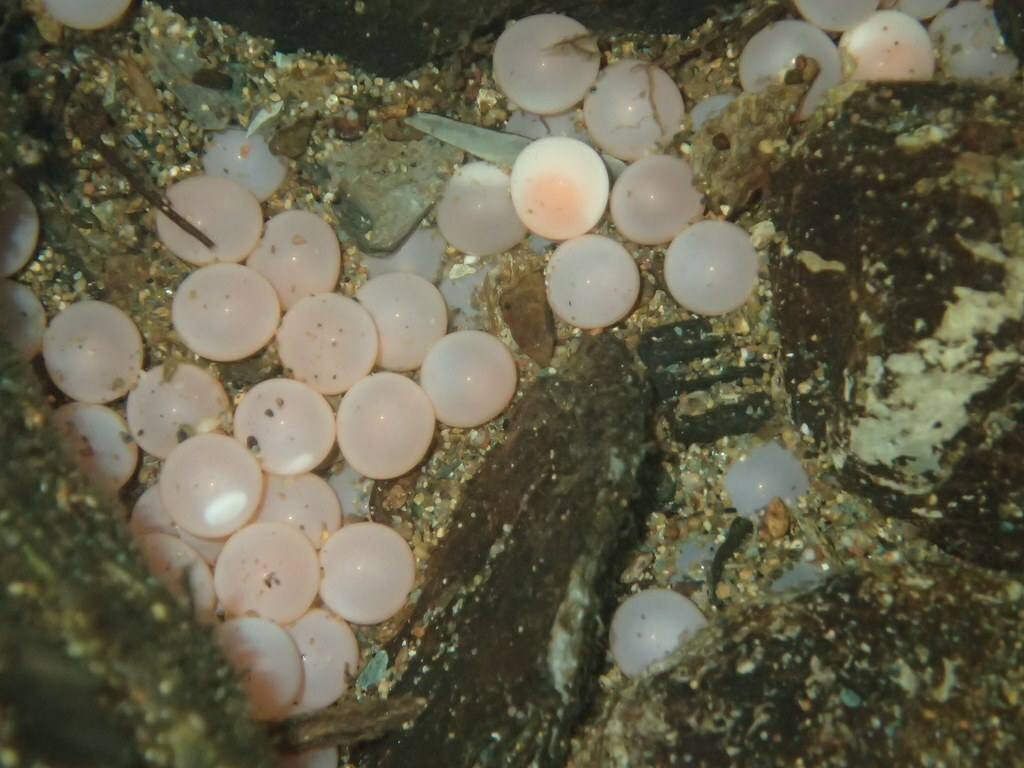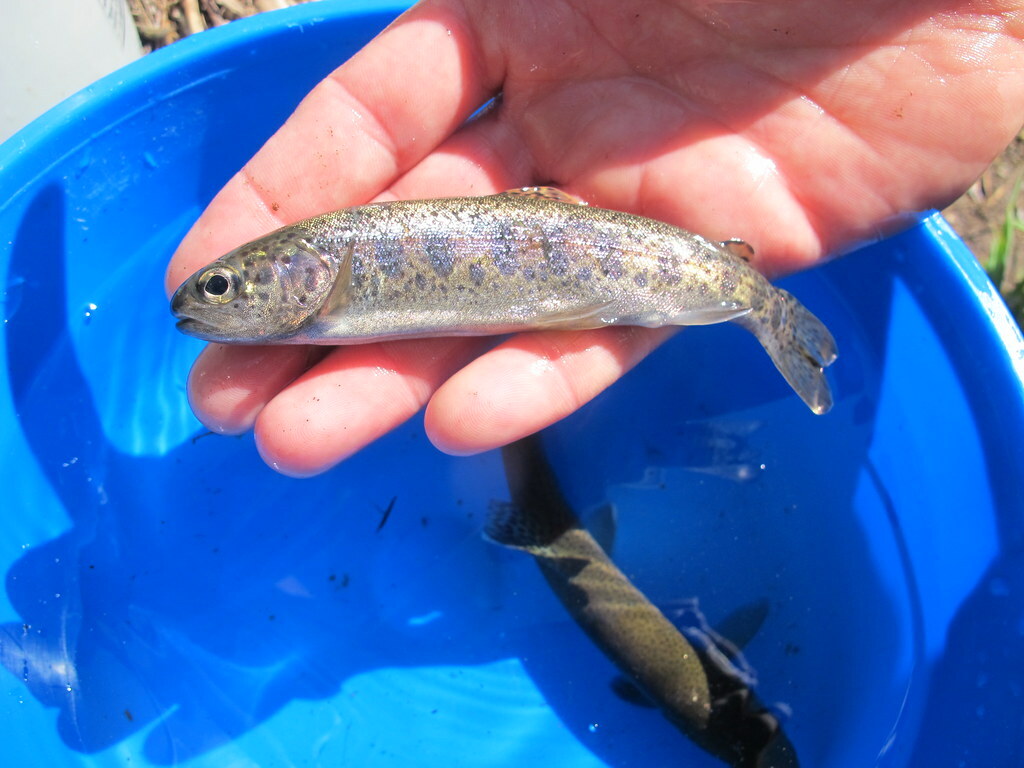From Sportfishing
Fish Report for 12-13-2021

Hard to Breathe: Oxygen Limitation and Thermal Tolerance of Salmon Eggs
12-13-2021
FISHBIO
Predicting how animals will respond to a warming global climate is a major focus of ecological research, and evidence suggests that aquatic species are in particularly hot water. Ectothermic, or cold-blooded aquatic animals like fish do not internally regulate their body temperature, and therefore a warming environment has a significant influence on their metabolism. This relationship between temperature and metabolism is particularly critical for young fish, especially for the sensitive embryo stage. Trapped within their eggs, fish embryos have little ability to adjust to changing environmental conditions. Warm temperatures create a vicious cycle by increasing embryo metabolism and oxygen demand, while at the same time limiting the amount of dissolved oxygen in the water around them. It has been hypothesized that oxygen intake is what dictates the maximum temperatures that fish embryos can withstand. To better understand this potential reason behind thermal tolerance in aquatic eggs, a group of researchers formulated a mathematical model to explain oxygen limitation and then tested whether this model could predict thermal tolerance across a range of conditions (Martin et al. 2020). Their findings suggest that fish embryos, especially older, larger ones, may be far more sensitive to oxygen in their natural habitat than previously believed.
Once hatched, a fish can regulate its supply of oxygen by moving water over its gills. Embryos, on the other hand, depend entirely upon the oxygen that diffuses across the membrane of their egg. This process is even harder for bigger eggs because the surface area-to-volume ratio of an egg decreases as egg size increases. That is to say, a bigger egg containing a bigger embryo with greater oxygen demand will have a harder time meeting that demand. With some of the biggest eggs of any aquatic animal, fish face a particular challenge in this regard. Further, the metabolic rate of embryos increases exponentially as temperature rises. This means that warming water temperatures have the potential to disrupt the delicate balance between oxygen demand and oxygen supply. In order to test whether this balance is the mechanism that determines the upper limit of thermal tolerance in fish eggs, the study authors combined mathematical models of oxygen demand and oxygen supply with a series of laboratory experiments in which the eggs of Chinook salmon (Oncorhynchus tshawytshaw) were subjected to a range of controlled oxygen levels and temperatures.
These experiments quantified oxygen demand as a function of the developmental stage of the embryo, temperature, and oxygen concentration in the water. For eggs in early developmental stages, warming temperatures led to increases in metabolism, but metabolic rate appeared to be largely unaffected by changes in the oxygen level in the surrounding water unless it was dropped to very low levels. However, embryos at later developmental stages exhibited a surprisingly different response, with metabolic rates staying the same across a range of temperatures but responding strongly to variations in the oxygen concentration of the water. This suggests that oxygen concentration does not affect metabolism of early-stage embryos, but has a strong effect on the metabolism of late-stage embryos. This led the authors to hypothesize that salmon embryos in later stages of development face oxygen limitations even when temperatures are relatively cool. They tested this hypothesis by developing a model of oxygen supply and demand, which was able to explain the metabolism of embryos across a range of developmental stages, water temperatures, and oxygen concentrations. The model aligned with the findings of their experiments, and predicted that metabolic rates of embryos became limited by oxygen as demand for oxygen increased (that is, when the embryos grew larger). In other words, as the metabolic rate of a Chinook embryo increases due to growth or warming water temperatures, its metabolism becomes constrained by oxygen limitation.
Importantly, these findings suggest that Chinook embryos in the late stages of development are routinely limited by oxygen availability, even in cool water. This indicates that the thermal tolerance of Chinook embryos is not a fixed value, or that there is no “maximum temperature” beyond which eggs cannot survive. Rather, thermal tolerance depends upon a variety of factors including developmental stage and the concentration of oxygen in the water. The findings emphasize that streams do not have to reach “lethal” water temperatures to put salmon eggs in jeopardy: even in cool temperatures, embryos may experience oxygen limitation that reduces their survival. This may be quite common for salmon eggs in their natural habitat, where clustering in a gravel nest and low flows may cause oxygen depletion. Understanding the mechanisms behind thermal tolerance is important for predicting how fish populations will respond to warmer, oxygen-depleted aquatic habitats as climate change progresses.
FISHBIO is a dedicated group of research scientists, engineers, and technicians that specialize in counting, tracking, and analyzing trends in fish and wildlife populations throughout the world. An expert staff, technical capacity, and state-of-the-art equipment make FISHBIO a trailblazer in aquatic research. For more information, please visit FISHBIO.com
< Previous Report Next Report >
More Reports

12-6-2021
Freshwater lakes provide important resources for people around the world, including water for human consumption, irrigation, and electricity generation, as well as...... Read More

11-15-2021
Flexibility is a superpower for the fish Oncorhynchus mykiss, which can live in freshwater as a resident rainbow trout, or migrate...... Read More

Website Hosting and Design provided by TECK.net